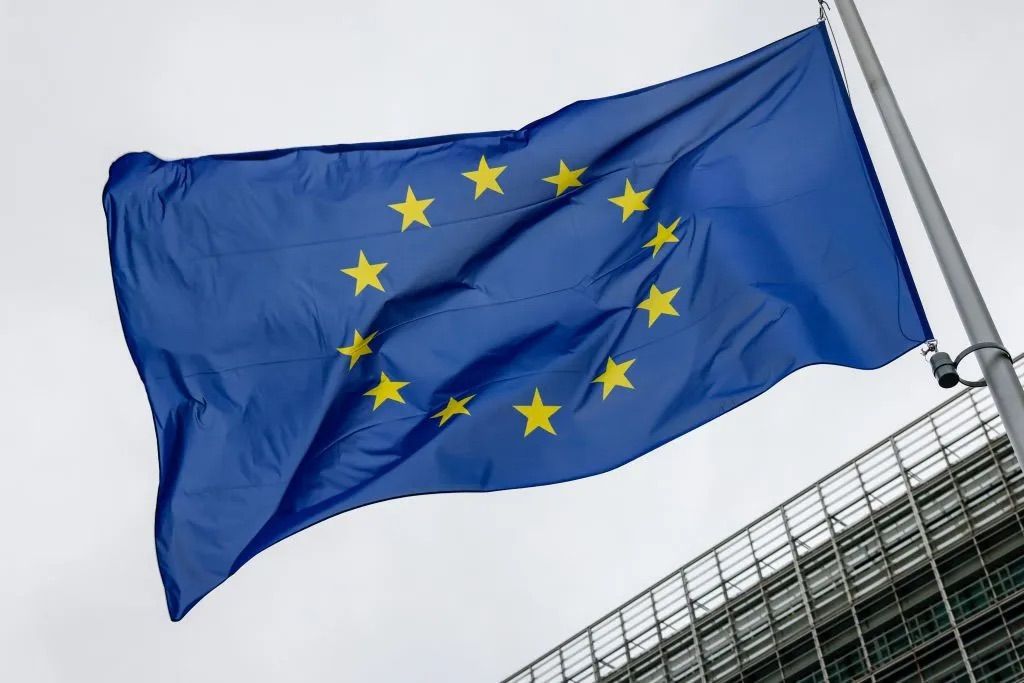Poland, Estonia, Latvia, and Lithuania have called on the European Union to establish a defensive line along the bloc’s border with Russia and Belarus to protect against military threats and harmful actions from Moscow. The leaders of these four countries, all of which share a border with either Russia or Belarus, have drafted a letter to the EU President outlining the necessity, scale, and cost of the project. They emphasize the urgent need to shield the EU from military and hybrid threats, citing troubling reports of increasing Russian sabotage operations across Europe. The defense line is proposed to be built in coordination with NATO and its military requirements, with an estimated cost of around 2.5 billion euros.
Western intelligence officials have raised concerns about escalating Russian sabotage activities in Europe, which are believed to be part of a strategy to undermine support for Ukraine. Estonian Prime Minister Kaja Kallas has highlighted her apprehension that some European leaders may not be fully recognizing the interconnectedness of these incidents. She described Russia’s actions as a “shadow war” being waged on the West, underscoring the importance of taking proactive measures to counter such threats. The EU’s proposed defense infrastructure along the border with Russia and Belarus aims to bolster the bloc’s defenses and enhance its resilience against hostile actions.
The letter from the four countries urges EU member states to commit both political and financial support to establish the defense line, emphasizing the significant benefits of safeguarding the EU’s external border from potential threats emanating from Russia and Belarus. The collaboration with NATO is seen as crucial in ensuring the effectiveness of the defense infrastructure and aligning it with allied military requirements. The proposal comes at a time when concerns about Russian aggression in Europe have been mounting, prompting a call for robust defensive measures to be put in place. The support of EU countries is seen as essential in meeting the challenges posed by potential military and hybrid threats.
The cost of constructing the defense line along the EU’s 700-kilometer border with Russia and Belarus is estimated to be approximately 2.5 billion euros, with the need for political and financial backing from EU countries to make this project a reality. The letter sent to the EU President underscores the importance of fortifying the EU’s defenses against potential military and hybrid threats, highlighting the urgency of taking proactive steps to protect the bloc. The proposal for the defense infrastructure aligns with the broader goal of enhancing European security and resilience in the face of increasing challenges posed by hostile actors in the region.
The escalating incidents of Russian sabotage operations and suspected espionage activities across Europe have raised alarms among Western intelligence officials, leading to calls for a coordinated response to counter these threats effectively. The proposed defense line along the EU’s border with Russia and Belarus is intended to serve as a protective barrier against potential military aggression and hybrid threats emanating from Moscow. By working in collaboration with NATO and aligning the defense infrastructure with allied military requirements, the EU aims to strengthen its security posture and deter hostile actions that could undermine regional stability.
In light of the growing concerns about Russian activities in Europe, the push by Poland, Estonia, Latvia, and Lithuania for the establishment of a defensive line along the EU’s border with Russia and Belarus underscores the importance of proactive measures to safeguard the bloc from potential threats. The proposed defense infrastructure is viewed as a critical component in enhancing the EU’s resilience and security capabilities, particularly in the face of escalating Russian aggression in the region. By garnering political and financial support from EU member states, the project aims to fortify the bloc’s defenses and mitigate the risks posed by military and hybrid threats, exemplifying a united front in the fight against destabilizing actions targeting Europe.


